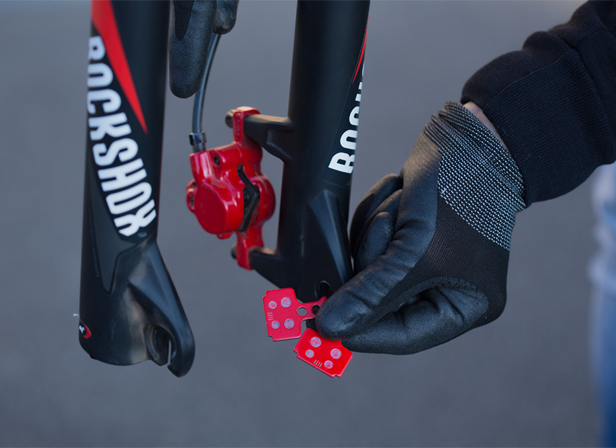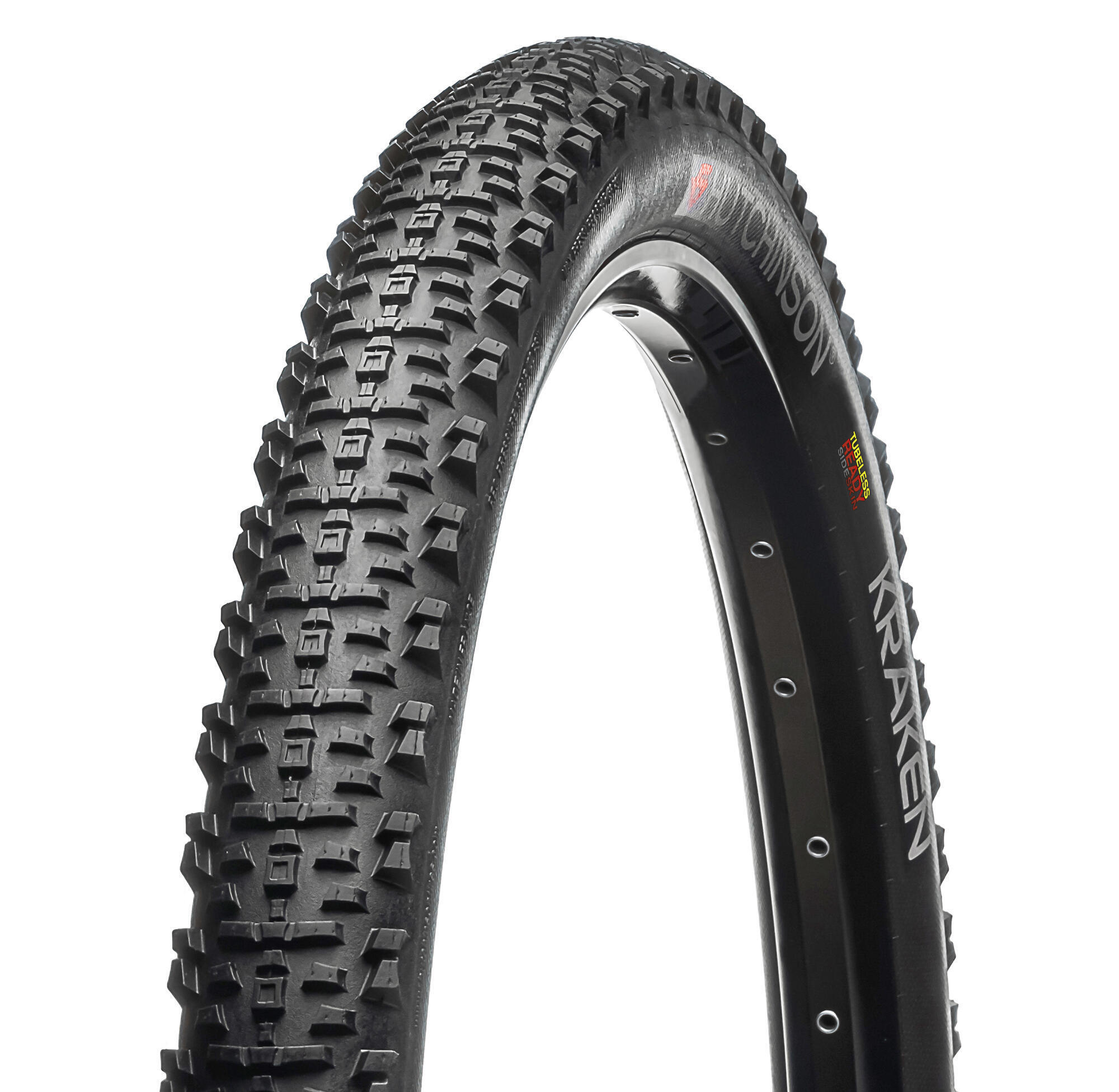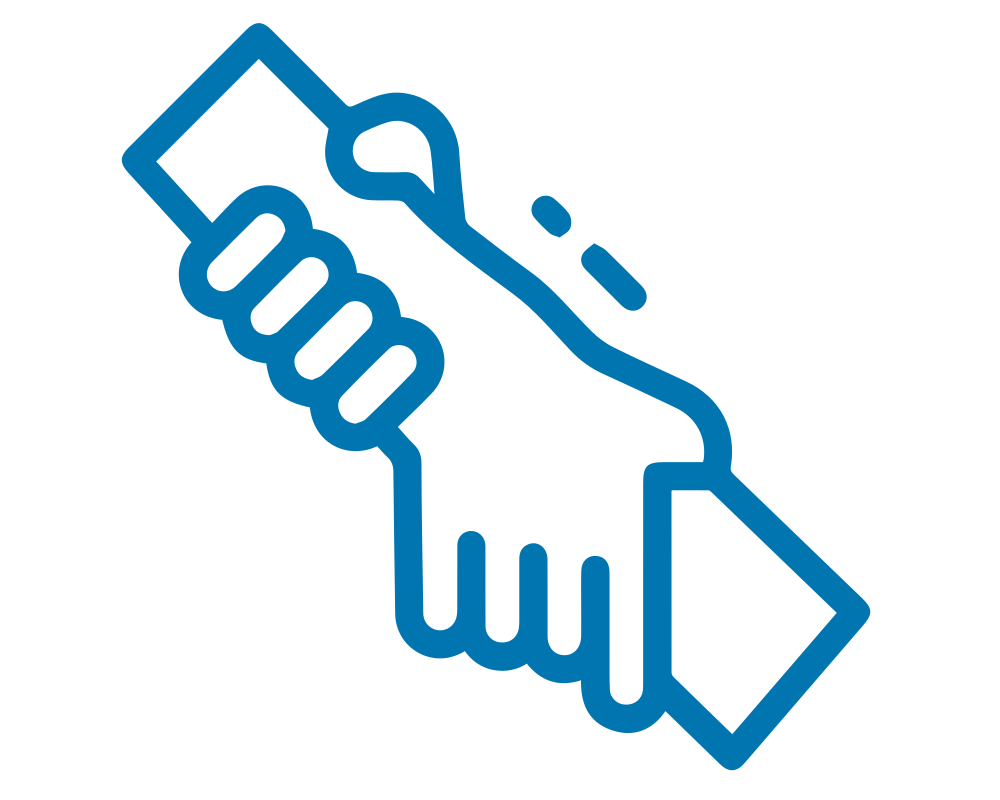Repairing your mountain bike
Mountain biking is an intense activity where the often hostile environment can lead to things getting broken.
Even with faultless maintenance, it's common for certain parts to get worn.
Most bike repairs are relatively simple, so we'll show you how to do them yourselves.
Nevertheless, if you don't feel comfortable or if you don't have the right tools, head to your local Decathlon workshop, where our technicians will be happy to repair your bike for you.
To repair a puncture, a broken chain or any other type of mechanical issue, you need to have the right equipment.
Some tools are specific to certain bike parts (chain whip, lock ring, etc.) while others are more common (Allen keys, pliers, etc.).
Here's a selection of products that could come in really handy when servicing and repairing your mountain bike.



























